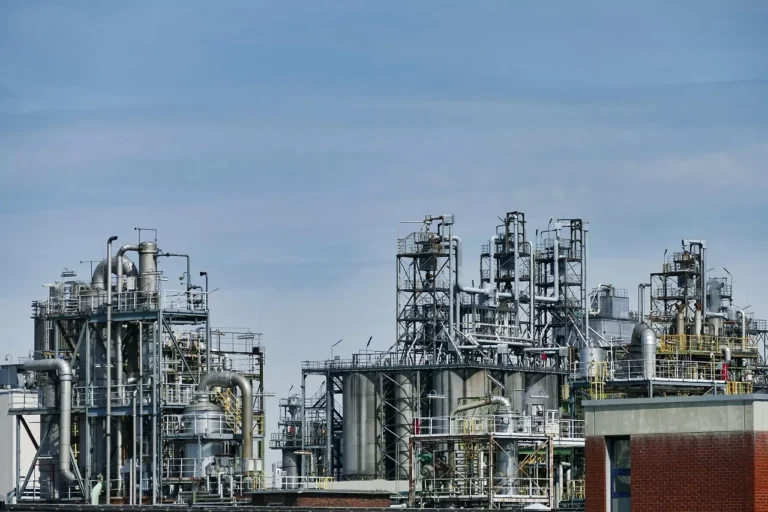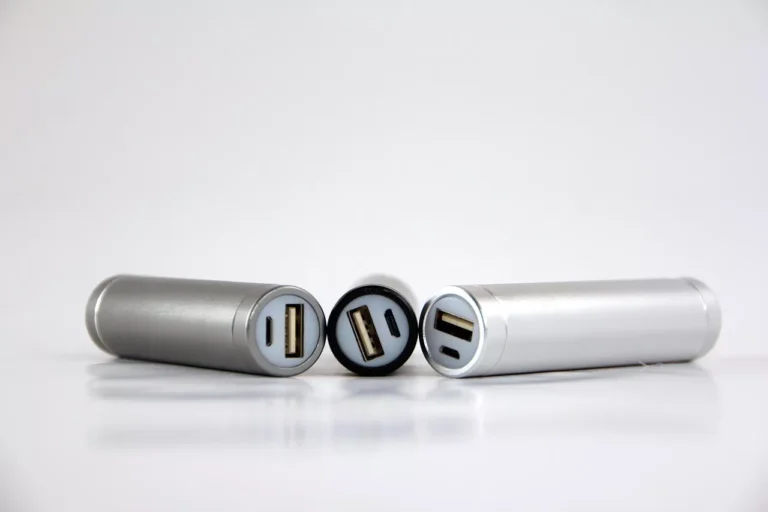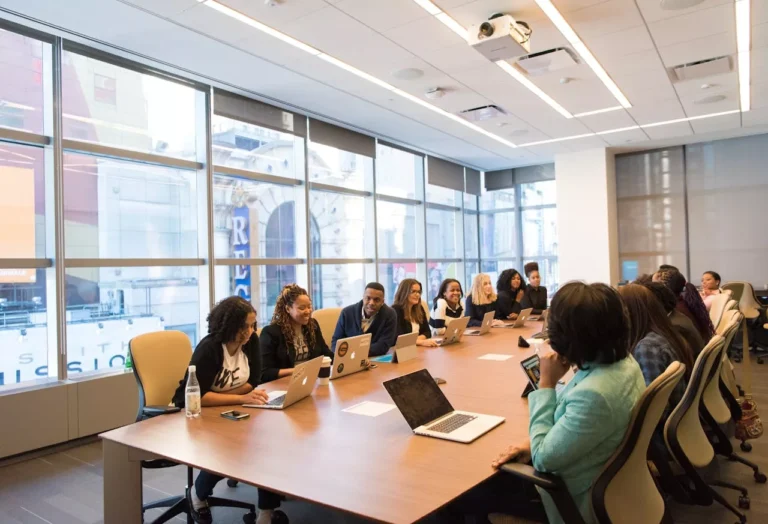
Amogy Expands Latest Venture Round to $80 Million to Drive Global Growth and Advance Ammonia-Based Clean Power Solutions
Amogy Inc., a pioneer in ammonia-to-power technology, has announced the successful expansion of its most recent funding round, securing an additional $23 million in venture capital. This fresh infusion brings the total raised in the round—initially disclosed in January 2025—to a robust $80 million. The capital increase represents a critical milestone in Amogy’s journey to commercialize its clean, scalable ammonia-based power systems across multiple sectors and geographies.
With this latest investment, Amogy has now amassed nearly $300 million in total funding since its inception, further solidifying its position as a leader in zero-carbon energy innovation. The newly raised capital will be instrumental in accelerating the deployment of Amogy’s stationary power systems, advancing its maritime product offerings, and enabling deeper market penetration—particularly in Asia, where demand for hydrogen and ammonia infrastructure is rapidly intensifying.
Key Investors Signal Confidence in Amogy’s Vision
The funding round was co-led by the Korea Development Bank (KDB) and its U.S.-based subsidiary, KDB Silicon Valley LLC, emphasizing the growing global interest in ammonia as a hydrogen carrier and clean energy vector. New investors, including BonAngels Venture Partners, Pathway Investment, and JB Investment, also joined the round, bringing strategic financial backing as well as regional expertise to support Amogy’s expansion in Asia.
“This additional funding reaffirms our investors’ deep confidence in our vision to decarbonize power-intensive industries using ammonia,” said Seonghoon Woo, co-founder and CEO of Amogy. “We’re seeing significant market interest not just in maritime shipping, but also in stationary applications that require scalable and reliable zero-emission power. As ammonia becomes increasingly vital to the emerging hydrogen economy, our solutions are perfectly positioned to meet global demand.”
Building on World-First Maritime Achievements
Amogy gained international recognition in September 2024 after successfully launching the world’s first carbon-free, ammonia-powered maritime vessel. This milestone was not merely symbolic—it demonstrated the commercial viability and safety of ammonia as a clean fuel for long-range, high-load applications like shipping, a sector that has struggled to decarbonize due to limitations in battery capacity and alternative fuels.
Following this breakthrough, Amogy has formed partnerships with leading maritime stakeholders to bring its ammonia-to-power technology to both newbuild and retrofit vessel projects. These collaborations support broader international efforts to decarbonize the global shipping industry in alignment with International Maritime Organization (IMO) emissions reduction targets.
According to Woo, “The shipping industry is a natural fit for ammonia-powered systems due to the energy density, existing handling infrastructure, and the urgent need to cut emissions. Our technology is modular, efficient, and scalable, making it suitable for vessels of all sizes.”
Expansion into Stationary Power Generation
Beyond maritime applications, Amogy is making significant strides in deploying its ammonia-to-power systems in stationary settings, including industrial facilities and municipal power grids. This expansion represents a strategic evolution of the company’s product line, addressing the pressing need for clean and reliable distributed energy solutions.
A key component of this push is a new collaboration with the South Korean city of Pohang, announced in 2025. The partnership aims to deploy an ammonia-fueled distributed power generation system with a capacity of up to 40 megawatts. Targeted for commercial operation by 2028–2029, this project will serve as a blueprint for future clean power developments across Asia and beyond.
The Pohang initiative is particularly notable because it leverages South Korea’s rapidly evolving policy landscape, including the Clean Hydrogen Portfolio Standard (CHPS) and the Distributed Energy Act (DEA). These legislative frameworks are incentivizing the adoption of low-carbon energy technologies by mandating quotas for clean hydrogen and ammonia in national power production.
“In South Korea, and increasingly in Japan and Singapore, ammonia is being seen as a transformative energy carrier,” said Woo. “These countries are driving policy changes to support hydrogen and ammonia infrastructure, and we’re proud to be at the forefront of that transition.”
Ammonia: A Strategic Energy Carrier for Asia
Ammonia is emerging as a critical player in the global clean energy transition—particularly in Asia, where countries must import most of their fuel due to limited domestic fossil resources. As a hydrogen-rich molecule, ammonia can be produced using renewable electricity and then stored and transported using existing industrial infrastructure. Once at its destination, it can be cracked into hydrogen or used directly in fuel cells and combustion engines.
Because it does not emit carbon when used in a power system and is already globally traded as a commodity, ammonia presents a compelling pathway to decarbonize hard-to-abate sectors such as shipping, power generation, and heavy industry.
For countries like South Korea, Japan, and Singapore, the strategic advantage of ammonia is clear. It allows these nations to diversify their energy imports while meeting ambitious carbon neutrality goals. Projections indicate that hydrogen and ammonia will collectively account for 2% of South Korea’s electricity generation by 2030—a figure expected to rise to 7% by 2035.
“Asia is rapidly positioning itself as the global hub for hydrogen and ammonia innovation,” said a spokesperson for Korea Development Bank. “Amogy’s technology offers a real, near-term pathway to decarbonize power generation and transport sectors using a proven energy carrier. Our support for Amogy reflects a broader commitment to building the infrastructure of tomorrow.”
Scaling Operations to Meet Global Demand
With momentum building across maritime and stationary markets, Amogy is taking concrete steps to expand its operational footprint. The company has rapidly grown its team and facilities in South Korea to support commercialization and regional deployment. It is also working with government and private-sector partners to secure regulatory approvals and build the supply chains necessary for ammonia-based energy systems.
Furthermore, Amogy’s investment in product development continues to yield new innovations. Its HiVE™ (Hybrid Integrated Vehicle Engine) and bertha™ AI platforms are being integrated into upcoming products to optimize performance, predict maintenance needs, and enhance system reliability across use cases. These digital solutions are essential as the company scales its systems to megawatt-class outputs for industrial clients.
“Building clean energy infrastructure at scale requires not just novel chemistry or engineering—it demands data intelligence and operational excellence,” said Woo. “By combining advanced AI with our proprietary ammonia-cracking technologies, we’re creating robust, reliable solutions that work across markets and climates.”
Vision for a Zero-Carbon Future
As global climate pressures intensify and regulatory frameworks tighten, the demand for scalable, zero-emission energy solutions is growing. Amogy’s technology meets this need by offering a clean, efficient, and economically viable alternative to fossil fuels—without requiring a complete overhaul of existing energy systems.
The latest funding round not only validates Amogy’s business model but also positions the company to lead the next wave of clean energy innovation. With near-$300 million raised to date, growing global demand, and active projects spanning maritime and grid-scale power, Amogy is poised to become a central player in the ammonia economy of the future.










